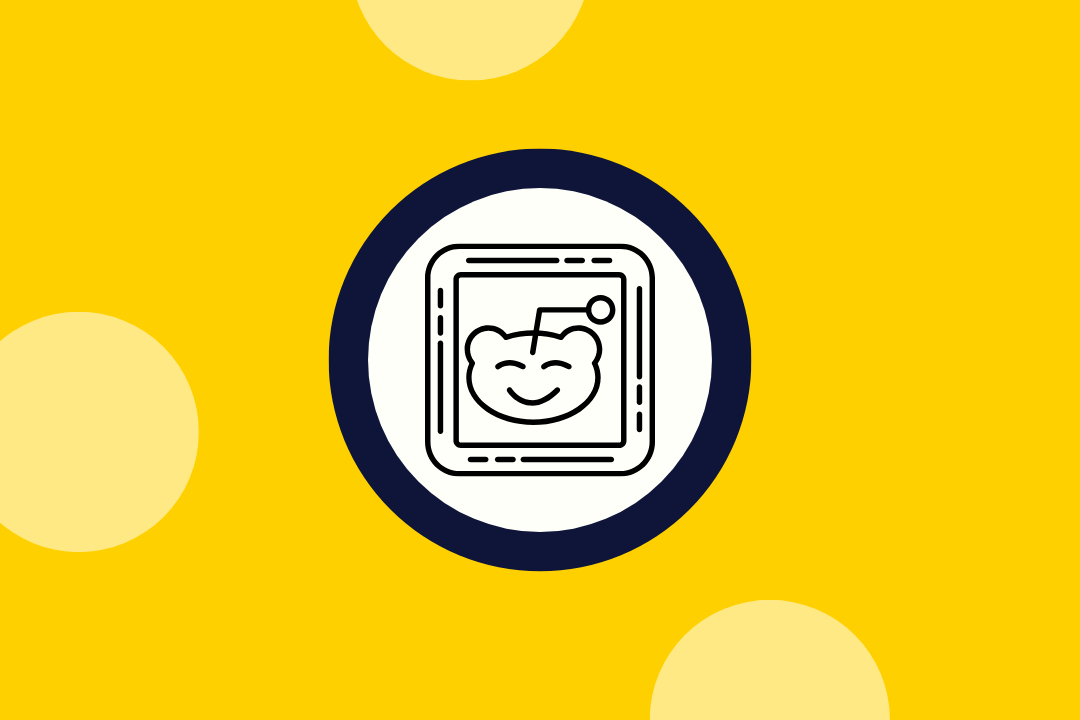Customer Acquisition Cost: Working CAC vs Fully Loaded CAC
Published
June 12, 2024
Updated

Calculating customer acquisition cost (CAC)? Take a closer look at working and fully loaded CAC—improved methods to calculate costs and make informed decisions.
Nearly everyone in marketing and business understands what customer acquisition cost (CAC) is and how it's calculated: total costs divided by the number of new customers. However, there's more than one way to bake a cake, and calculating CAC is no different.
Where does variance come from? First, from different approaches to calculating the number of new customers. Using the wrong data source for customer counts can lead to inaccuracies. Using conversions from Google Ads, for example, is generally not the source of truth for your conversions, though there may be exceptions.
While choosing the source of truth for data—such as using Shopify instead of Google Ads—can be straightforward, deciding which costs to include can be more complicated and nuanced. Whether you're an investment firm or working in-house, it's critical to understand what costs are included. There’s simply no consensus in the marketing community with respect to what constitutes ‘correct’ or ‘best in class.’
To address the challenges of this, let’s introduce the concepts of a ‘working’ CAC and ‘fully loaded’ CAC—and explain why you might consider using both.
Common & Uncommon Costs Included in CAC
Should you include media agency fees in your CAC? What about content creation costs? If you include content creation costs, what about the costs associated with creative shoots for website photography that also get used for ads? It quickly becomes harder to draw the line when you start going down this path.
It’s widely agreed that costs that immediately and directly impact business key performance indicators (KPIs) should be included in CAC. These include:
- Advertising spend
- Direct marketing costs
- Sales commissions
- Referral fees
Other fees, like agency fees based on media spend, can be debated. One could argue that agencies are hired in lieu of in-house employees, and companies don’t typically include employee headcount costs in CAC calculations. In addition, if you hired fractional marketing talent, would those costs get added to your CAC calculation?
While arguments could be made either way about including labor costs, it’s certainly less common to include fixed or variable costs associated with technology and software expenses, content creation and design costs, and model and photography costs. Though uncommon, these are sometimes included in CAC calculations.
Part of the reason these costs can be troublesome to include is that they can create a misalignment with overall business goals. If a company includes its model and photography costs, while fixed, it would incentivize brands to spend more on media dollars to amortize the photography costs over more orders received as a result of increased media spending.

The scenario above outlines what this looks like in a real-world scenario (taking into account increases in CAC as spending scales). Deteriorating performance can be somewhat masked with scale. When media CAC goes up 50%, CAC with all costs only goes up 30%.
When I encountered this, the company I was working with included other fixed and variable costs as well, so I introduced the idea of having a ‘working’ CAC and a ‘fully loaded’ CAC to address these concerns.
Our main takeaway here is that there’s no right or wrong to deciding what costs to include, rather it’s to consider what you are trying to achieve by including some of the less common costs and how that impacts your decision-making as a leader.
Perhaps more fundamental, it’s critical to understand how a company, whether an employee considering her employer or an investor considering her portfolio company, is actually calculating the costs used in CAC calculations.
Working Customer Acquisition Cost (CAC)
So what is a ‘working’ CAC? It calculates CAC using only media dollars or direct acquisition costs that immediately impact business KPIs, such as leads and orders. To decide if a cost should be included, the question to answer is, if this cost doubled overnight, would there be a relatively immediate increase in my business KPI?
With the earlier example of the model and photography costs: If the model asked for a raise, would those additional dollars drive an immediate increase in orders or leads? If not, it likely shouldn’t be included in the working CAC calculation.
Working CAC is useful for day-to-day optimizations and quick decision-making within marketing teams, as it tracks the real-time impact of media dollars on business results.
Fully Loaded Customer Acquisition Cost (CAC)
Equally important to understanding the impact of media dollars is comprehensively examining all customer acquisition costs. Fully loaded CAC offers this view by encompassing both direct and indirect expenses.
This would include costs for content creation, technology, and agency fees, among others. Fully loaded CAC is helpful for executive decision-making and board presentations, as it provides a thorough understanding of the total investment required to acquire new customers.
Comparing Working CAC & Fully Loaded CAC
Using both working CAC and fully loaded CAC provides a holistic view of acquisition costs, allowing for both immediate tactical adjustments and strategic long-term planning. Comparing these metrics helps identify rising costs and address inefficiencies, offering unique insights at different organizational levels.
While working CAC informs immediate marketing adjustments, fully loaded CAC aids in comprehensive financial planning and resource allocation, making both metrics essential for a well-rounded understanding of customer acquisition costs.
Should You Use Working CAC or Fully Loaded CAC?
In the realm of customer acquisition, understanding the nuances of CAC calculations significantly enhances your strategic approach. Working CAC and fully CAC serve different purposes and provide unique insights, and you might find yourself using one or both calculations.
Working CAC, focusing on media dollars and direct acquisition costs, is invaluable for day-to-day optimizations and quick decision-making. In contrast, fully loaded CAC encompasses all related expenses, offering a comprehensive view crucial for executive-level decisions and board presentations.
By comparing these two metrics, businesses can identify rising costs, address inefficiencies, and make informed decisions at all organizational levels. I encourage you to evaluate your current CAC calculations and if it’s complicated, maybe consider adopting this framework of having a working and fully loaded CAC to gain a more nuanced understanding of your customer acquisition efforts. This dual approach can help you optimize short-term tactics while ensuring long-term strategic planning.
Interested in chatting more about working CAC and fully loaded CAC? Get in touch with Right Side Up to meet with an expert.
.webp)
.webp)
.webp)
.webp)
.webp)
.webp)
.svg)
.svg)
.svg)
.png)


.png)







.png)

.webp)
.webp)
.webp)
.webp)
.webp)
.webp)